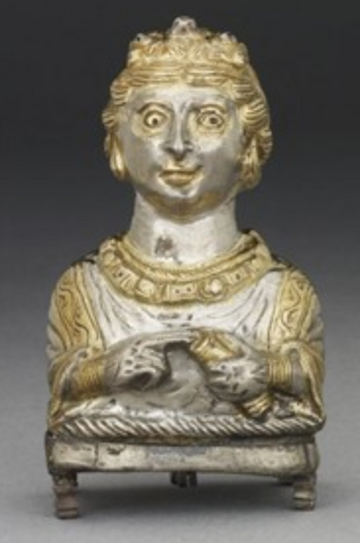Where did this start?
The original idea for this came when I was teaching in Year 6 in 2016-17. We were reviewing the KS2 TAF for writing and really wanted to push writing across the curriculum and I focused on how this could be applied into history effectively, independently and (more importantly) not sucking the fun out of the topics.
To this end, we came up with the guiding principle of ‘logical links’ to ensure that children saw history/historical knowledge/second order concepts etc was the priority and embedding the children’s writing was a secondary consideration. This ran across the whole curriculum.
In May of that year, I presented the findings to a select (small) group of delegates at the Historical Association Conference in Manchester and then, later, at the Yorkshire History Forum. The ideas make use of what’s in the classroom already and get the children into good habits (most of which I’d like to think are common sense).
What are some of the logical links?
Chronological adverbials
If you’ve ever attended one of my sessions, or messaged, you’ll know how much I push forward chronology teaching at the heart of every topic! Without that, it’s just isolated facts.
Once the initial chronology has been taught, we can embed some writing into the lesson as a way of recording into books or, alternatively, as a way of helping children understand why SPaG is important to help us express our thinking.
Steps to follow:
1) Teach the timeline lesson exactly as you normally would!
2) Remind children of the meaning of chronology.
3) Depending on the year group, add in time adverbials such as then, next, after … years, to help them understand a) the linear nature of time and b) the intervals between events being sequenced.
4) To really extend this, we can think about adding in a relative clause to give additional context.
What does this produce?
There are loads of choices you can make: a practical border paper timeline with lots of notes and post-its over it to act as an example of what can be done, a written piece explaining event, dates and using adverbials to link them together.
Crossover between source work and reading content domains
This is definitely one that I’m sure teachers already do, but, may offer some new approaches on how to keep the historical element at the fore of the lesson. There any number of ways in which the two subjects can be tied together and here are a couple of approaches I tend to incorporate:
– Primary sources
What can we learn from this source?
What can we infer about the author’s feeling towards the Vikings?
What does this phrase mean?
The text in red and inside brackets is there to help children understand certain aspects without braking up the flow of the text too much.

Modal enquiries
Enquiries are superb vehicles to apply in any number of historical and english skills. From knowledge selection to generating questions and further research. When drip feeding information, like the example below, children naturally use modal verbs to explain the degree of certainty as to if their theory is correct or not.

Begin with a seemingly simple question: What is it?
Why do you think this?
Use a scale of certainty to explore how certain they are focusing on use of evidence, modal verbs and
Then, allow them to ask questions to test out their thinking. I answer in one of three ways – tell them, say I don’t know if I don’t or I’m choosing not to tell you the answer because it gives too much away (it is actually a really good answer to show they’re on the right lines).
Add more context by showing different views or adding snippets of related information.
The aim is to learn about how we build up our understanding of the past using a range of sources and techniques. This works well with photos, paintings, artefacts etc and is a great way of hooking children in with a pertinent and engaging starter. Take a look at my historic photos album for more images to use in this way.
Impact of these steps?
There was a clear expectation of quality writing in every subject and the children rose the the challenge and, after a term of implementation, very few needed reminders to incorporate a range of skills, techniques and approaches into their work.
It was a natural step to make use of the classroom displays to help make use of the English skills and concepts and the children became far more fluent at incorporating them into various pieces of work.
We all know that making links between subjects and topics is really valuable and these are several ways in which SPaG skills can be used naturally in history. It also works effectively alongside the principles of the different tiers of language (see: Beck, Isabel L., McKeown, Margaret G., and Kucan, Linda, Bringing words to life, 2002)
What next?
The new focus onto curriculum, knowledge, and the broad and balanced curriculum opens up new challenges for us to work towards! How can we we keep progressing?
I’m really interested as to how you embed writing skills into history lessons and topics.
